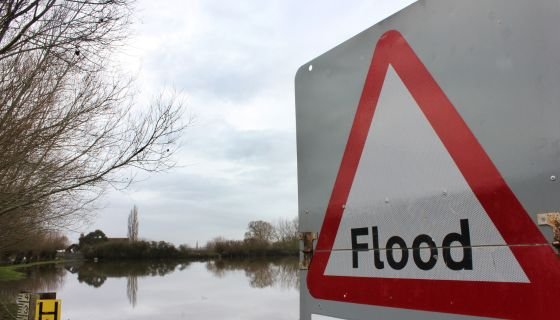
Introduction
Floods are among the most unpredictable and devastating natural disasters, causing immense damage to lives, property, and infrastructure. As climate change exacerbates the frequency and severity of floods, there is an urgent need for advancements in flood risk assessment to better predict and mitigate their impacts. This article delves into recent advancements in flood risk assessment techniques and technologies, exploring how they are revolutionizing our ability to anticipate and prepare for flood events.
Understanding Flood Risk Assessment
Flood risk assessment is a multifaceted process that involves analyzing various factors, including topography, hydrology, land use, infrastructure, and climate data, to evaluate the likelihood and consequences of flooding in a given area. Traditionally, flood risk assessment relied on historical data and simplistic models, which often failed to capture the complexities of flood dynamics and interactions. However, recent advancements in technology and methodology have transformed the field, enabling more accurate, comprehensive, and timely flood risk assessment.
Remote Sensing and Satellite Imagery
One of the most significant advancements in flood risk assessment is the widespread use of remote sensing and satellite imagery. These technologies provide high-resolution spatial data that enable planners to monitor and analyze flood events in real-time. Satellite-based radar and optical sensors can detect changes in water levels, track flood extents, and assess flood dynamics with unprecedented detail. By integrating remote sensing data into flood risk assessment models, planners can improve their understanding of flood hazards, exposure, and vulnerability, leading to more effective risk management strategies.
Machine Learning and Artificial Intelligence
Machine learning and artificial intelligence (AI) have emerged as powerful tools for predicting and modeling flood risk. These techniques leverage large datasets and complex algorithms to identify patterns, trends, and relationships within flood data. Machine learning algorithms can analyze historical flood records, climate data, and socioeconomic factors to forecast future flood events with greater accuracy. AI-powered flood risk models can also simulate various scenarios, assess uncertainty, and optimize mitigation strategies in real-time, providing decision-makers with actionable insights to enhance resilience and preparedness.
Hydraulic and Hydrological Modeling
Advancements in hydraulic and hydrological modeling have significantly improved our ability to simulate and predict flood behavior. High-performance computing, coupled with sophisticated modeling software, allows planners to simulate complex hydraulic processes, such as river flow, floodplain inundation, and urban drainage systems, with greater precision. Advanced computational fluid dynamics (CFD) models can simulate turbulent flow patterns, sediment transport, and flood wave propagation in intricate detail, enabling planners to assess flood risk at a finer scale and design more resilient infrastructure.
Probabilistic Risk Assessment
Probabilistic risk assessment has become increasingly prevalent in flood risk assessment, providing a probabilistic framework for quantifying and managing uncertainty. These methods incorporate statistical techniques, probabilistic modeling, and uncertainty analysis to estimate the likelihood and consequences of different flood scenarios. By considering a range of possible outcomes and their associated probabilities, probabilistic risk assessment enables planners to make informed decisions under uncertainty, prioritize mitigation measures, and allocate resources more effectively.
Coupled Human-Natural Systems Modeling
Coupled human-natural systems modeling represents a cutting-edge approach to flood risk assessment that integrates social, economic, and environmental factors into predictive models. These models simulate the interactions between human activities, land use changes, and natural processes to assess the resilience of communities to flood events. By capturing the feedback loops and cascading effects between human and natural systems, coupled models provide a more holistic understanding of flood risk and inform decision-making processes in urban planning, disaster management, and policy development.
Community Engagement and Citizen Science
Advancements in technology have also facilitated greater community engagement and participation in flood risk assessment efforts. Citizen science initiatives, crowd-sourced data collection, and participatory mapping platforms empower communities to contribute valuable data, local knowledge, and insights into flood risk. By involving residents, businesses, and stakeholders in the flood risk assessment process, planners can improve the accuracy of flood maps, identify localized vulnerabilities, and co-develop solutions that reflect community needs and priorities.
Conclusion
In conclusion, recent advancements in flood risk assessment techniques and technologies are revolutionizing our ability to predict, understand, and mitigate the impacts of floods. Remote sensing, machine learning, hydraulic modeling, probabilistic risk assessment, coupled human-natural systems modeling, and community engagement are just a few examples of the innovative approaches being employed to tackle the challenges of flood risk assessment. By harnessing the power of these advancements, we can enhance our resilience to floods, protect vulnerable communities, and build a more sustainable future in the face of climate change. Predicting the unpredictable may never be entirely within our grasp, but with continued advancements in flood risk assessment, we can better prepare for the inevitable challenges that lie ahead.